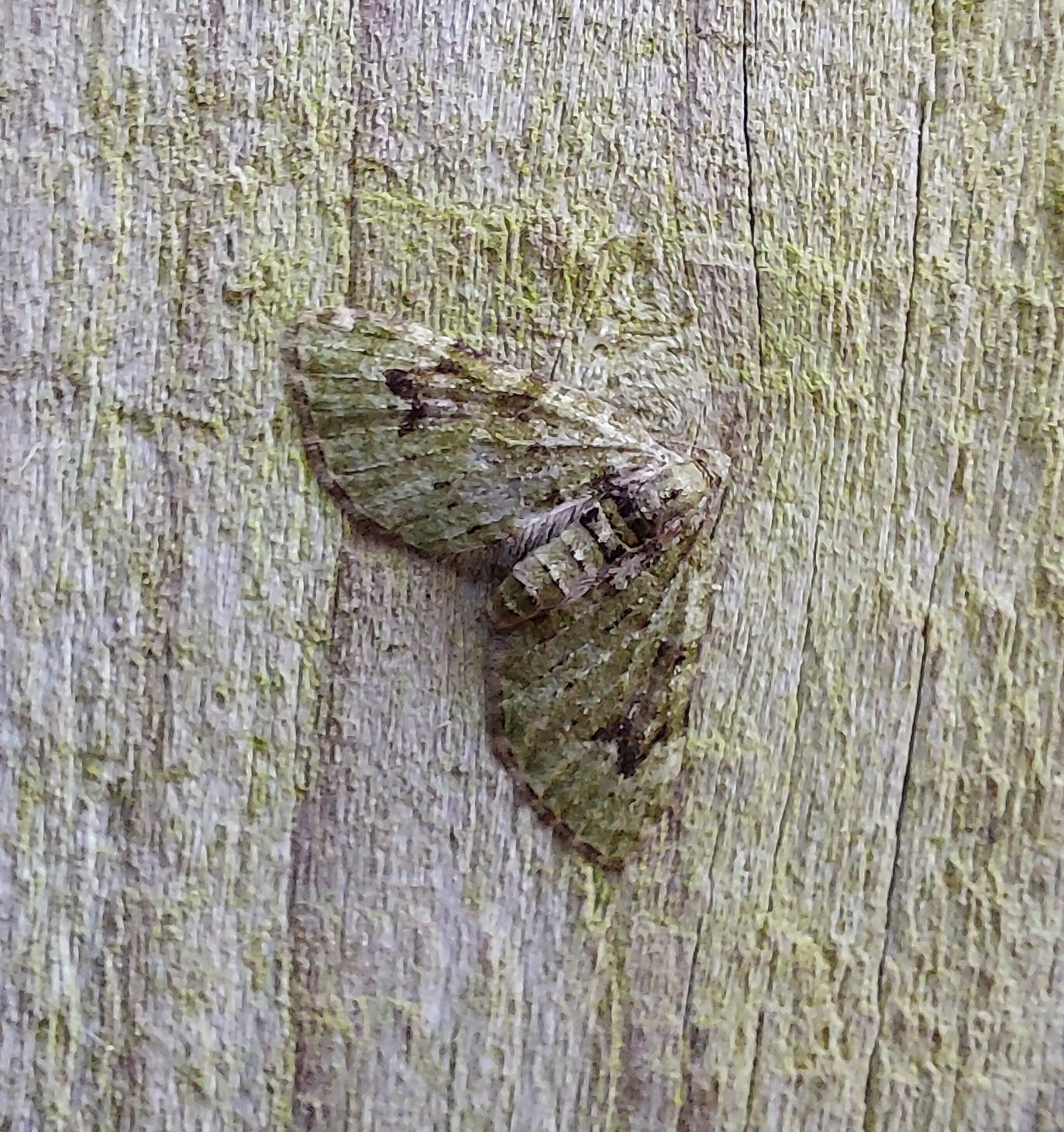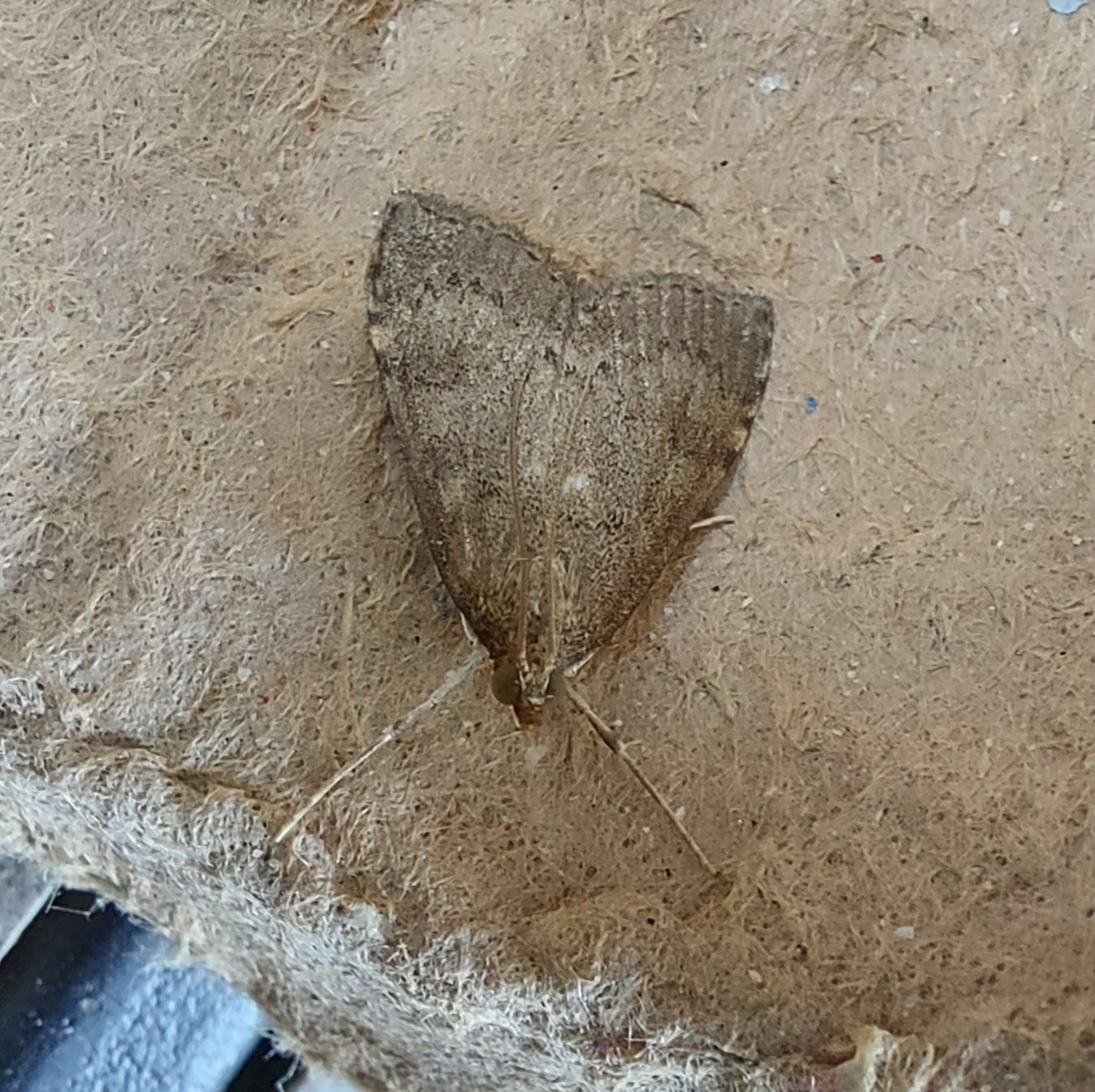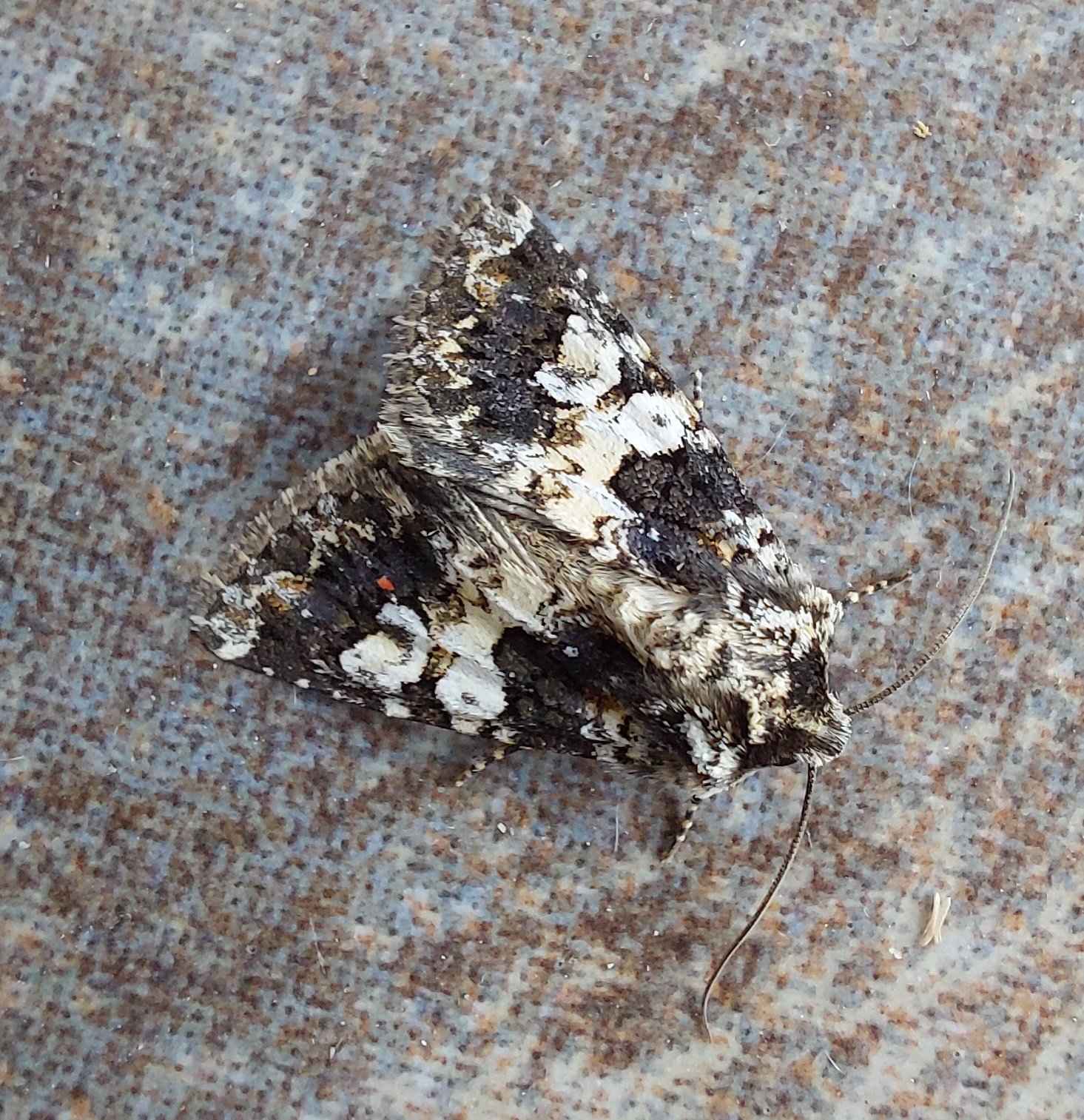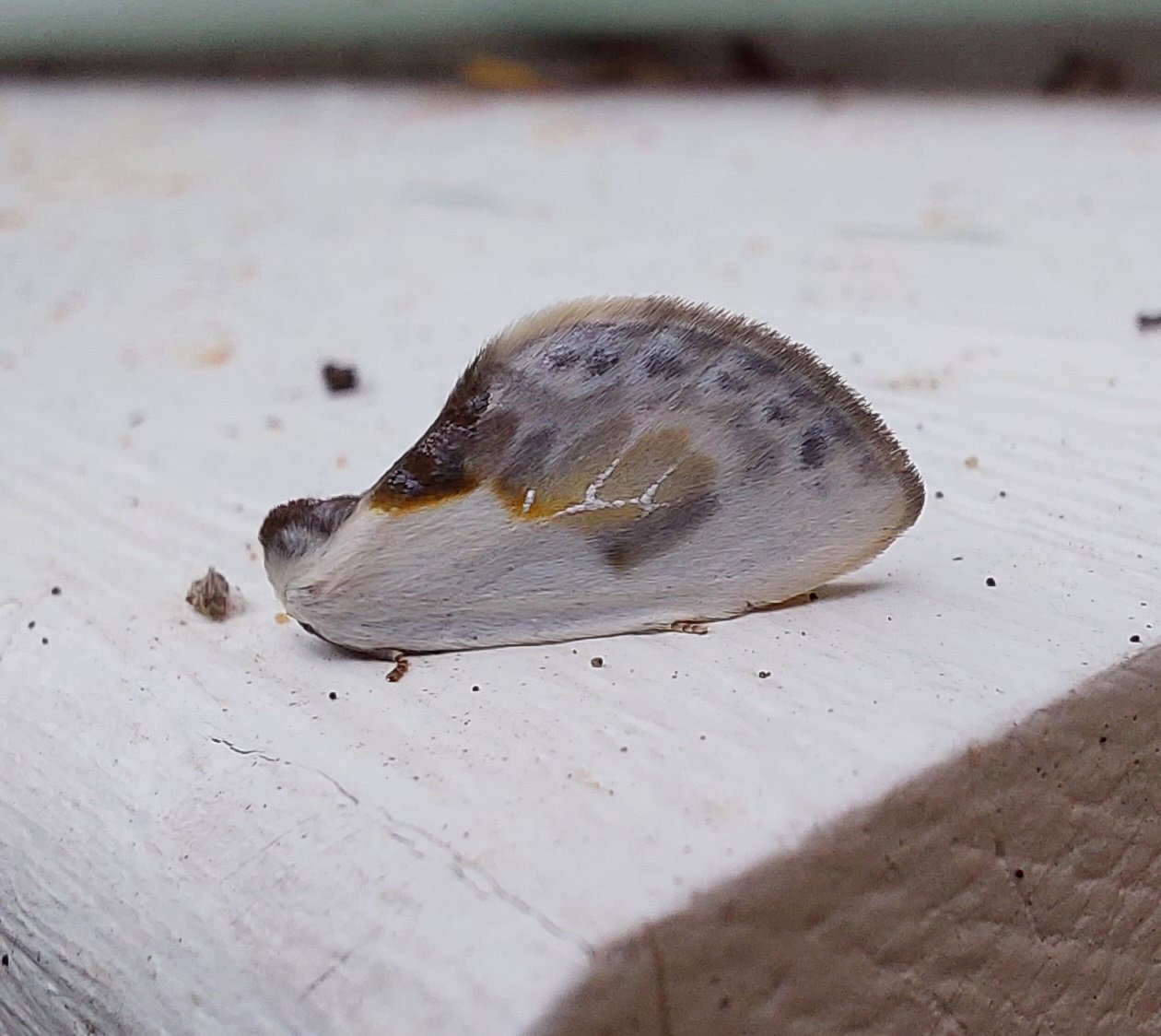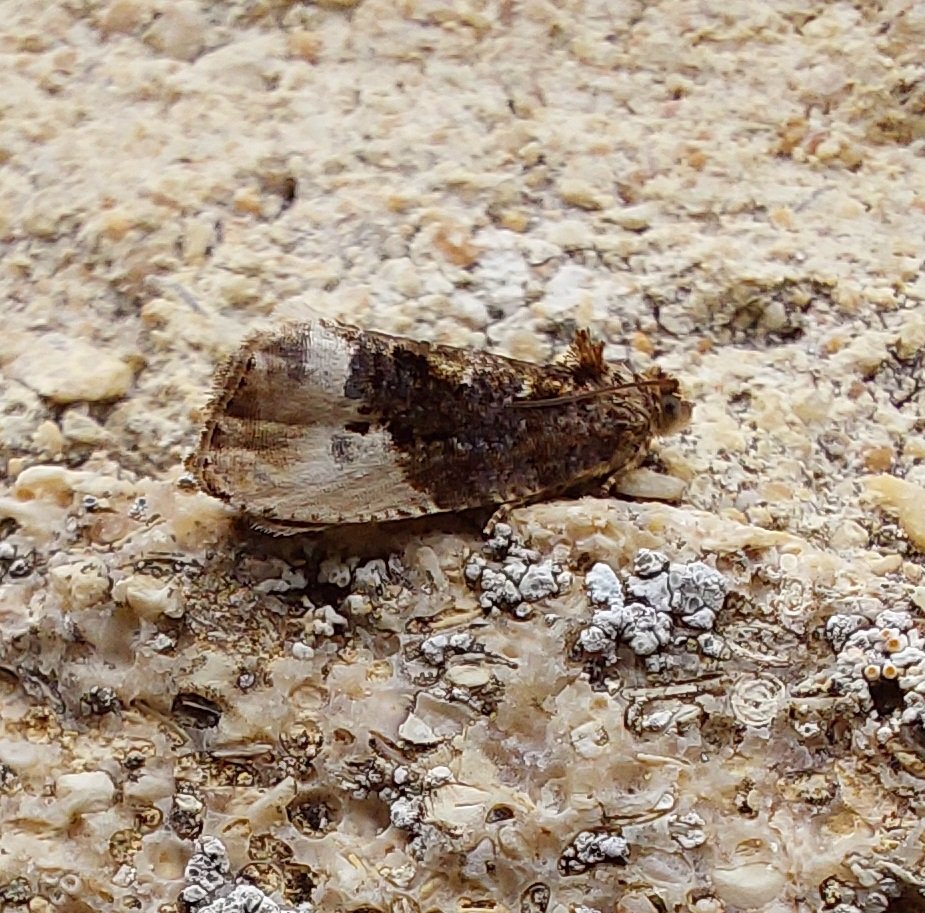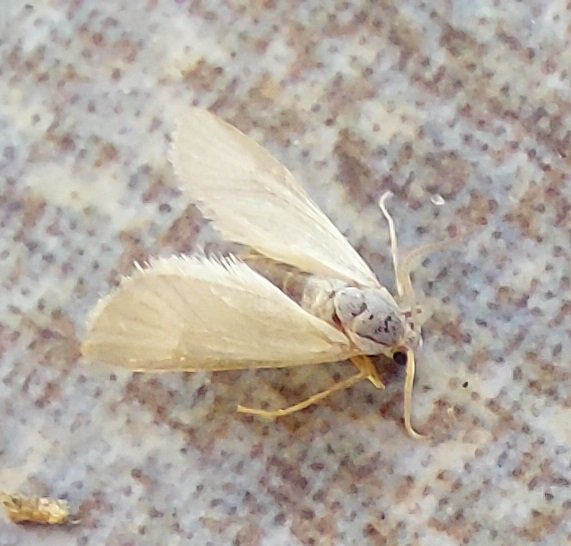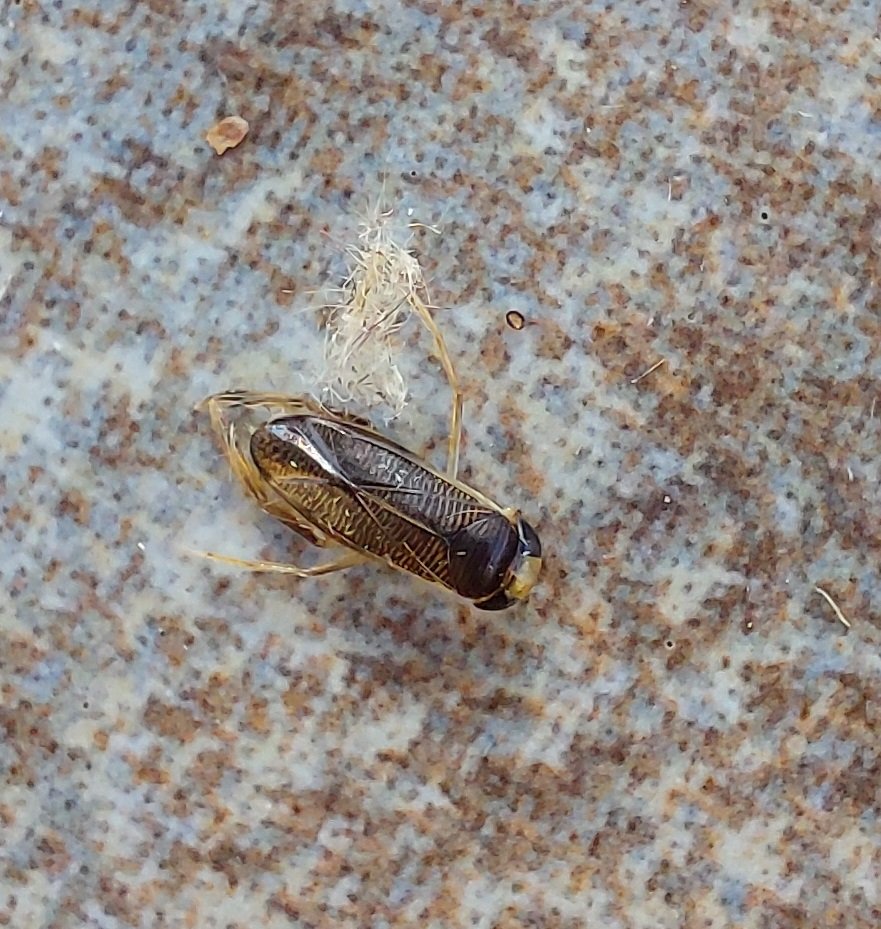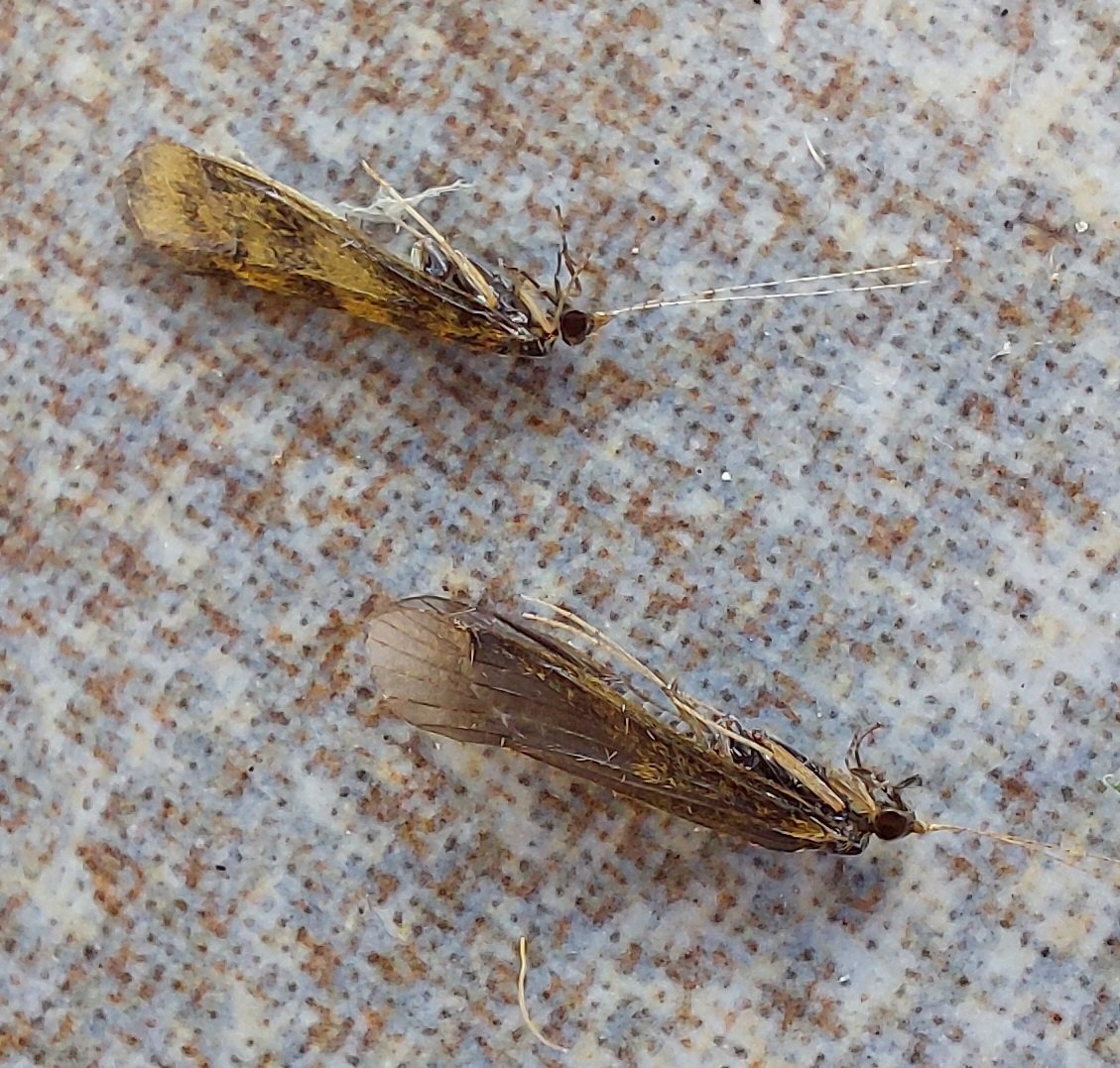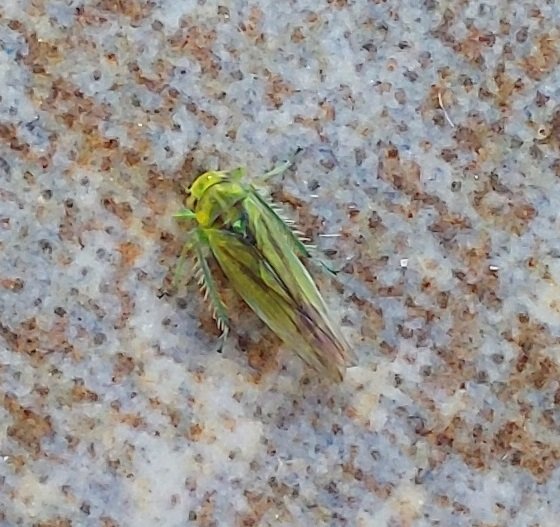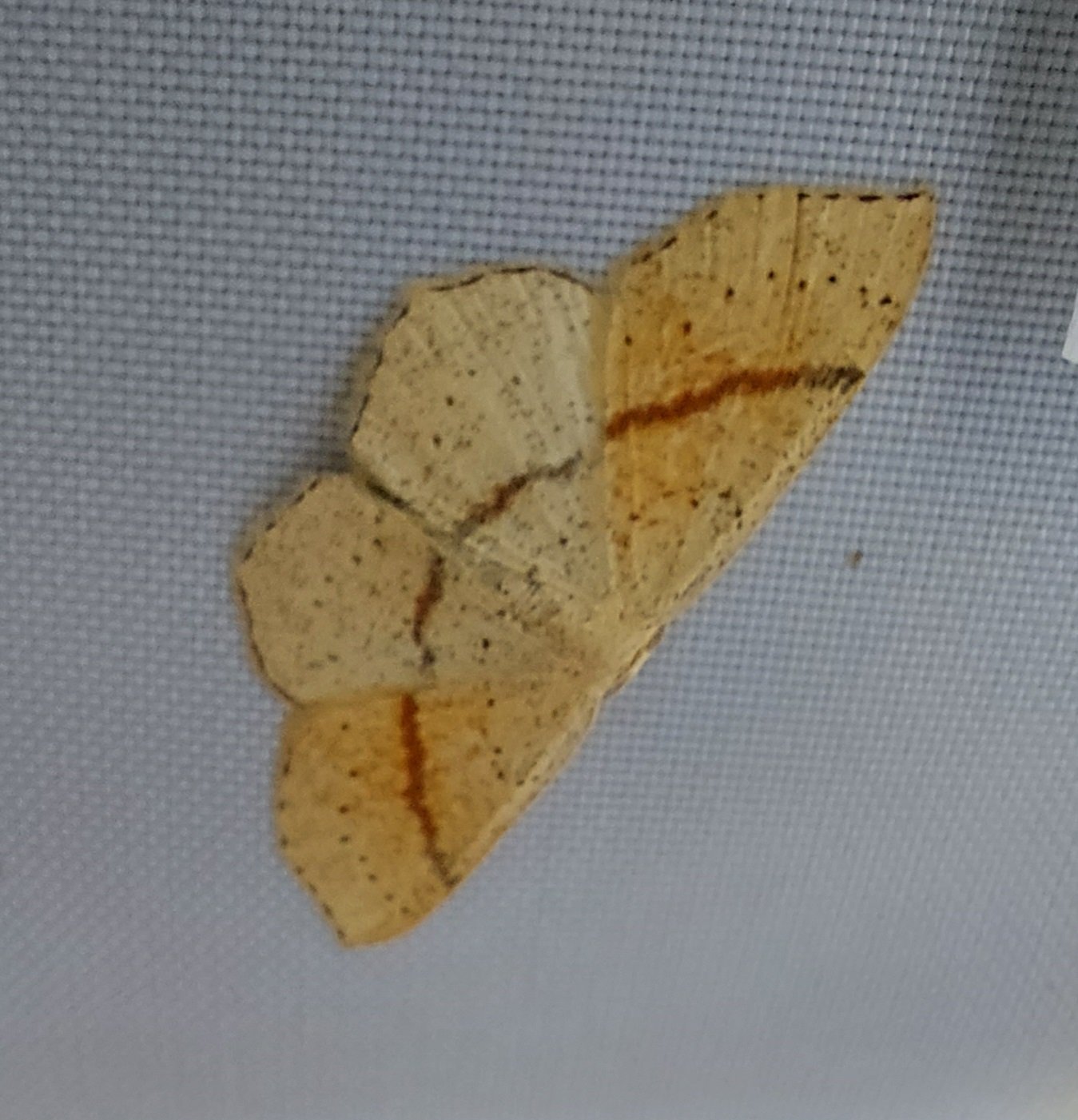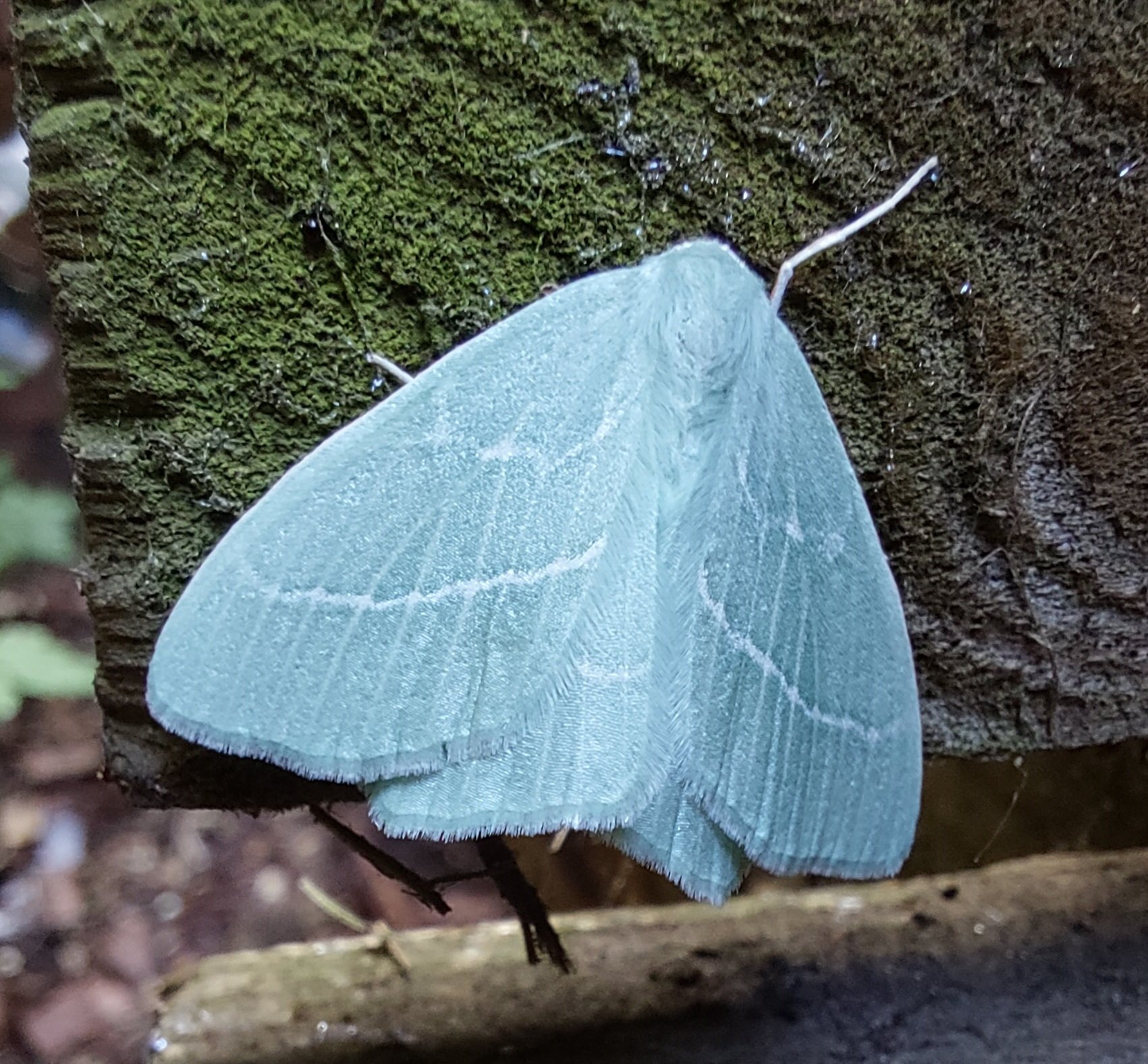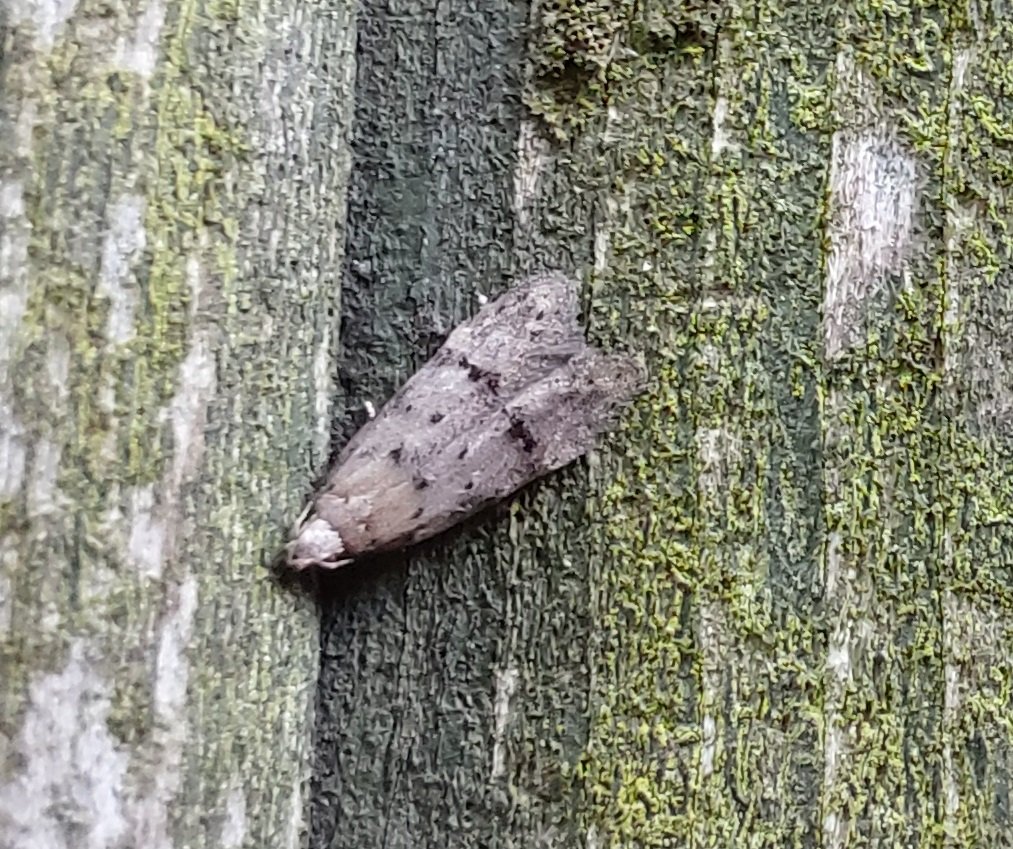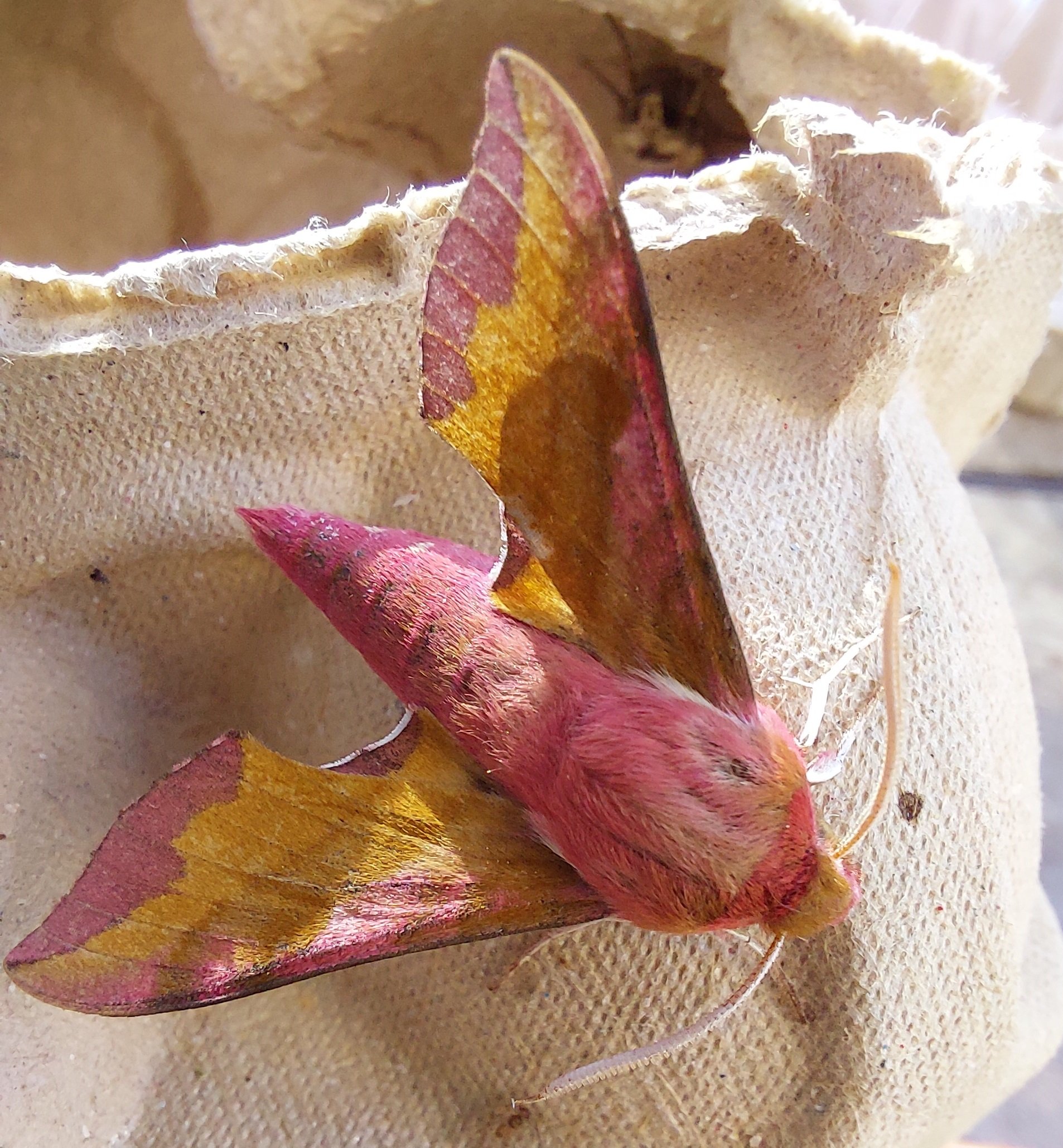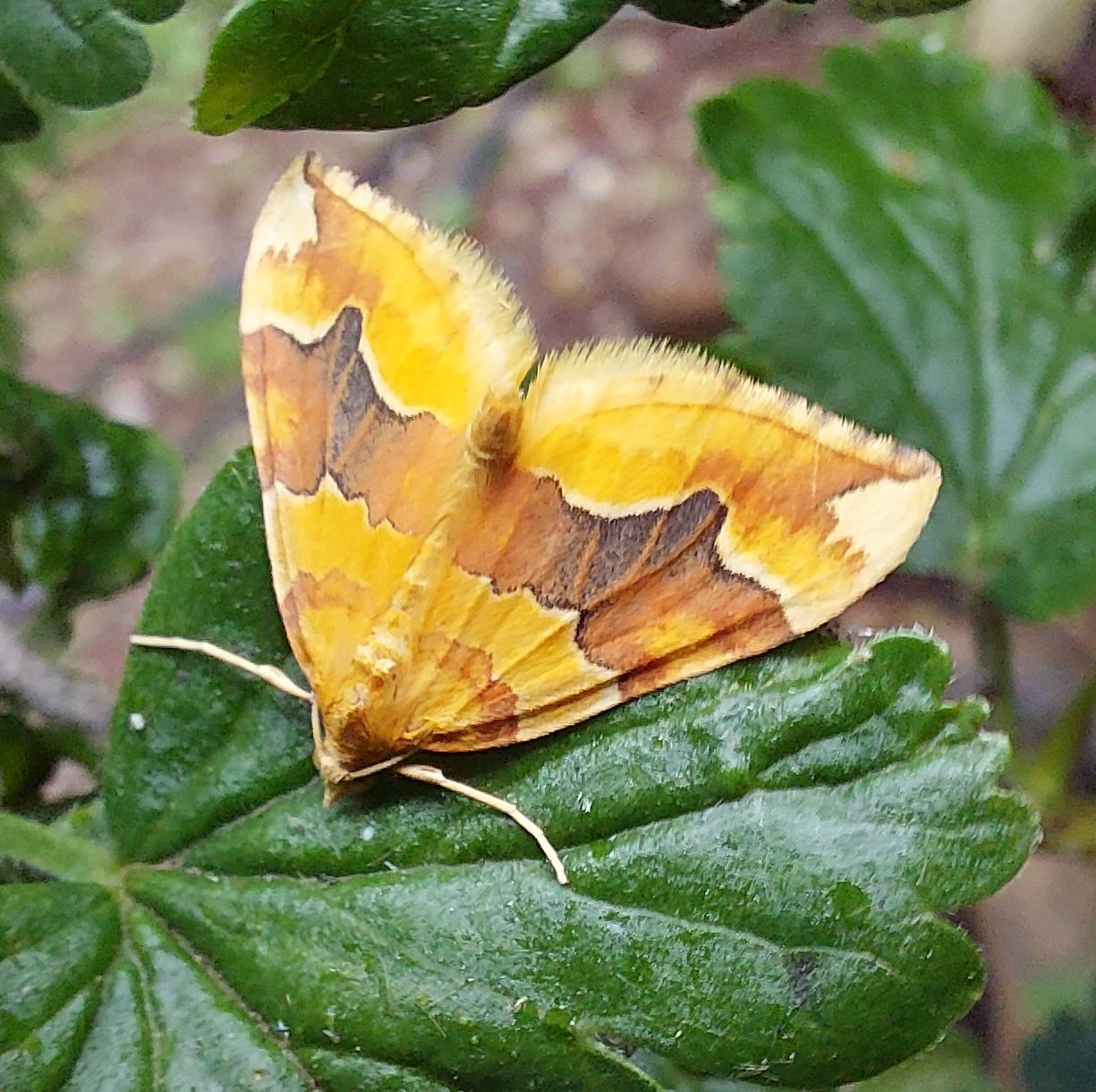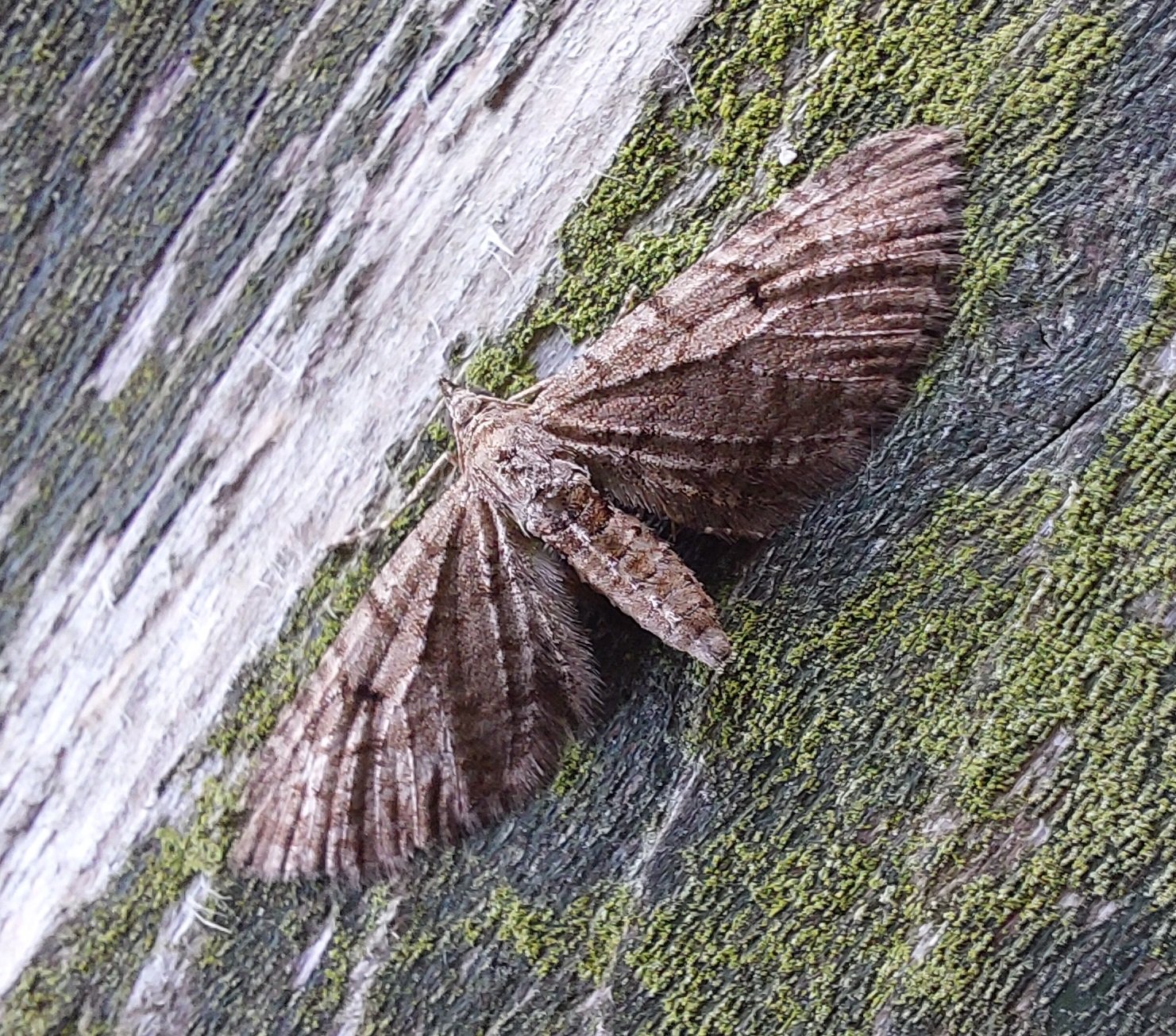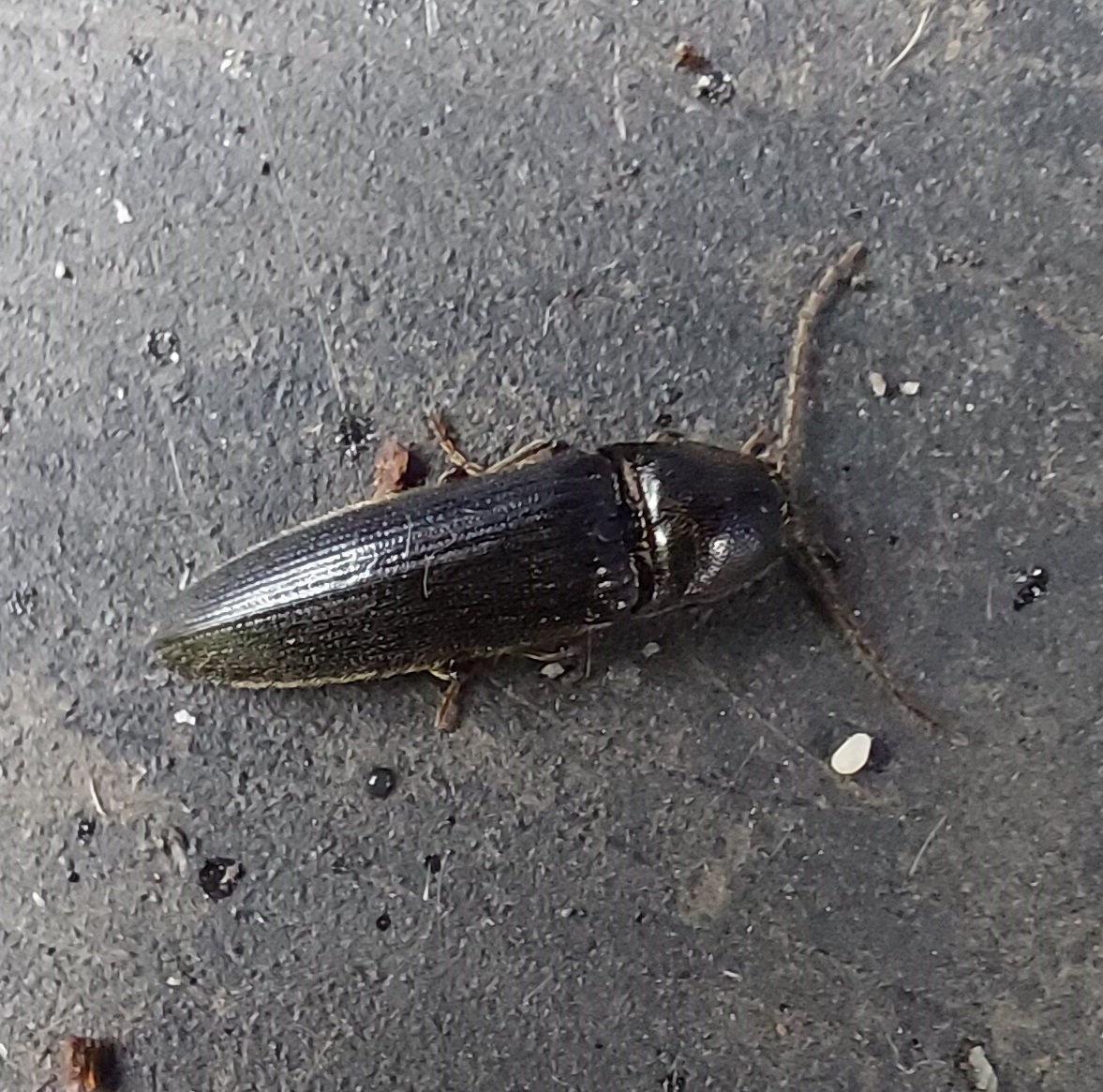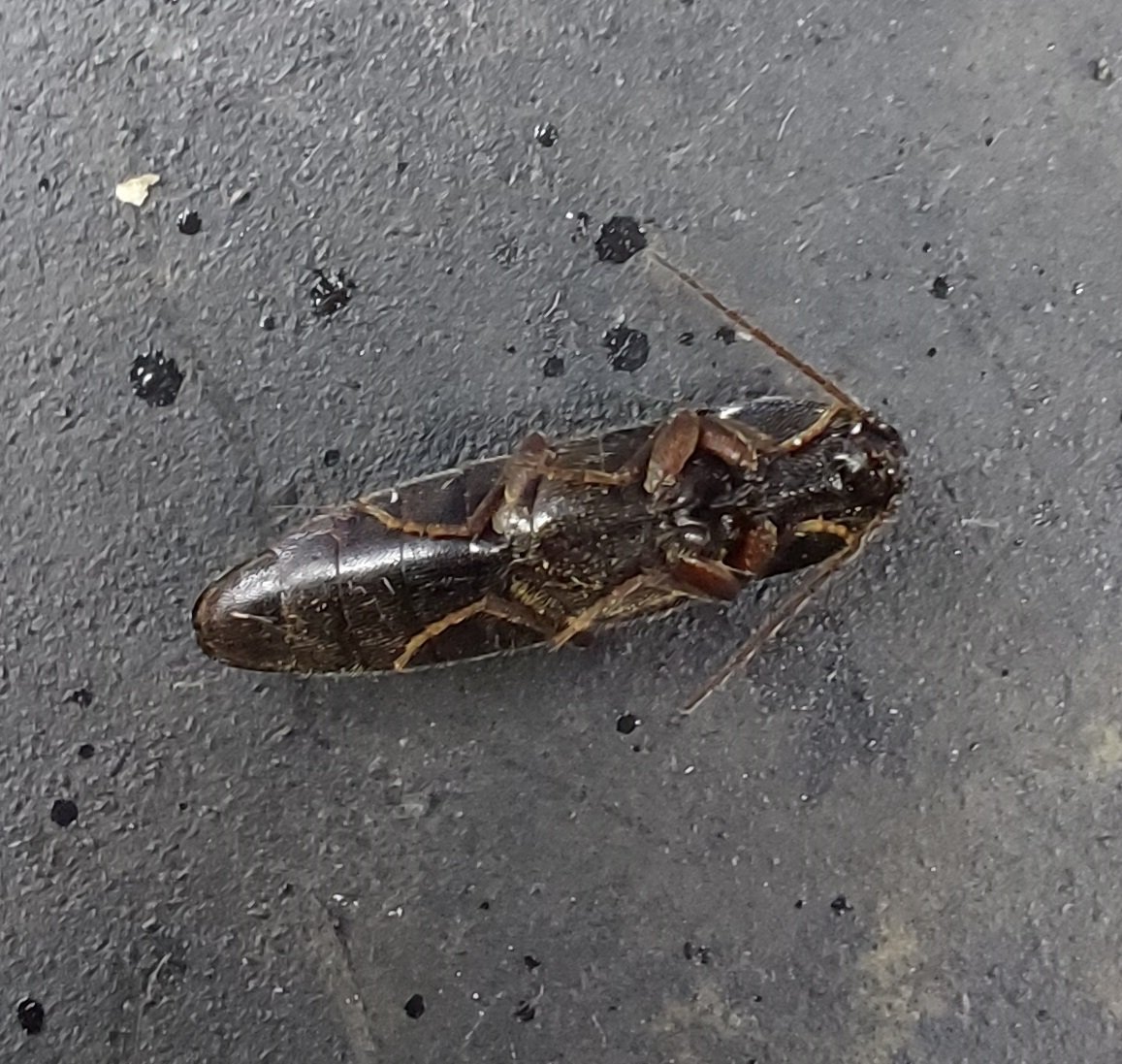Cinnabar Moth Caterpillars
/These stripey Cinnabar Moth caterpillars were on a Ragwort by the roadside just near my house. The moths are a bold red & black colour, but the caterpillars, which are often found like here in large groups, come in yellow & black stripes.
Ragwort contains toxic alkaloids which are unappetising (and in high doses even potentially dangerous) to grazing animals, however the moth caterpillars are able to sequester these toxins which affords them protection from insectivores. Black ants were also present, which are often associated with aphids, a few of which were also present. The ants can attack the caterpillars, presumably when they are small, to protect the plant for the aphids, which they then farm.






